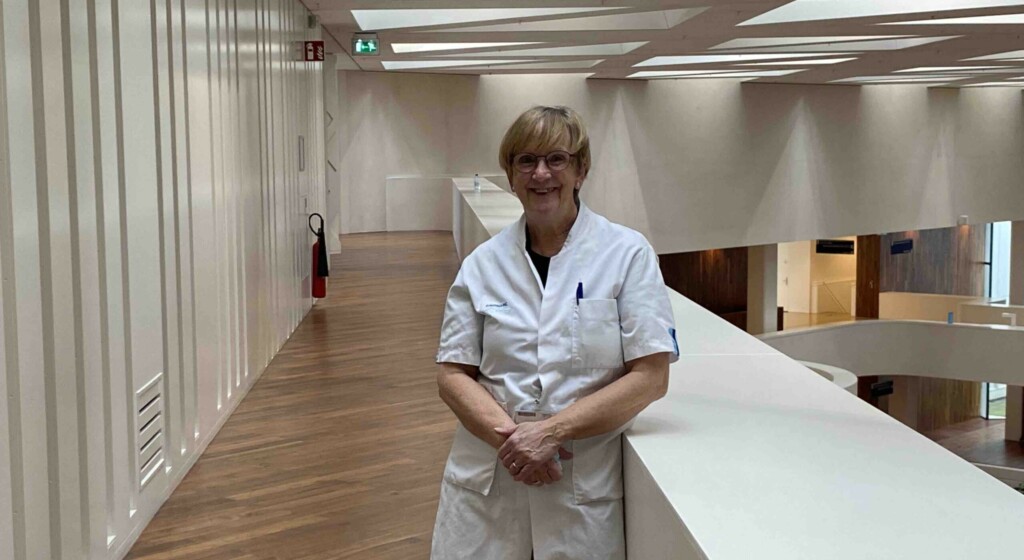GGA protects against atrial fibrillation in experimental models
Prof. dr. In 2006, Bianca Brundel was the first researcher to demonstrate that GGA successfully protects one from atrial fibrillation in various experimental models. The mechanism of action of GGA is aimed at stimulating the immune system in the atrial cells. As a result, less cell damage is caused by atrial fibrillation, and the cells can also recover better after a period of atrial fibrillation.
What do we known so far about GGA in the treatment of atrial fibrillation?
- GGA (or teprenone) stands for geranyl-geranyl-acetone and is substance is found in geraniums.
- GGA provides more heat shock proteins (HSP) in the cell.
- Not only do HSPs protect cells from damage during stress, they also help repair damage after said stress.
- HSPs are abundant in heart cells and atrial cells, and they decrease in volume during ageing, and as a result of atrial fibrillation.
- GGA may cause more HSPs and less damage during experimental atrial fibrillation.
- GGA increases HSPs in patients’ atrial tissue.
- Until now, GGA has not been registered as a medicine in the EU.
GGA protects cells by producing HSP
GGA (or teprenone) has been on the market since 1984 in Asian countries to protect against gastrointestinal disorders. In the 1990s, researchers discovered that GGA can also trigger the production of so-called heat shock proteins (HSP).
This is what HSPs do for us:
- Protect cells from damage after stress, and toxic substances.
- Maintain other proteins in the cells so that they can perform their function optimally.
- Clean up ‘junk’ in cells.
- They are indispensable in keeping cells healthy
GGA protects against atrial fibrillation
Several studies have now been conducted that show that GGA protects against experimental atrial fibrillation. What do these studies show?
- HSP decreases in patients who have had atrial fibrillation for a long time.
- Production of HSP via GGA protects against damage in atrial cells by atrial fibrillation (study 1, study 2 and study 3).
- HSP can also repair damage after atrial fibrillation
- 3-day oral GGA intake increases HSP levels in patients’ atrial tissue
GGA on its way to registration in the EU
GGA has a positive effect as a protector against atrial fibrillation. Moreover, GGA does not cause serious side effects. The AFIP Foundation is working hard alongside the Dutch Cardiovascular Alliance to have GGA registered in the EU.
As soon as GGA is registered, the AFIP Foundation can begin carrying out studies. These studies need funds in order to actually happen. Depending on how many patients participate in the study and the duration of treatment, the study could be between €40,000 and €100,000.
What can be done within that budget? The funds go towards the preparation of GGA (by a Dutch party) and the hiring of a medical researcher to carry out the study.
This process often takes a long time, so The AFIP Foundation will keep you informed via this website.
Share this article









